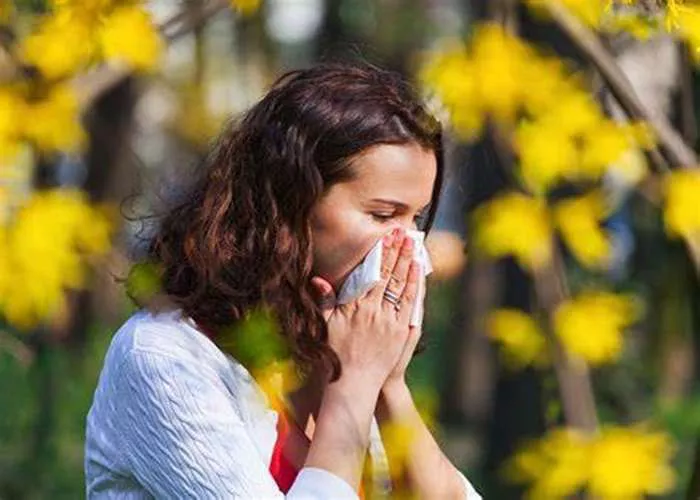Hayfever, or allergic rhinitis, affects millions globally, triggered by allergens like pollen, dust mites, or animal dander. Symptoms include sneezing, runny nose, itchy eyes, and throat irritation. This guide explores the most effective relief options, from medications to lifestyle changes.
Understanding Hayfever
Hayfever occurs when the immune system overreacts to airborne allergens, releasing histamines that cause inflammation and symptoms. It can be:
Seasonal: Triggered by pollen during specific seasons.
Perennial: Caused by indoor allergens like dust mites or pet dander year-round.
1. Over-the-Counter (OTC) Medications
OTC options are often the first choice for relief:
Antihistamines
Block histamines to reduce sneezing, itching, and runny nose.
First-Generation: Effective but may cause drowsiness (e.g., Benadryl).
Second-Generation: Non-sedating and longer-lasting (e.g., Claritin, Zyrtec).
Decongestants
Relieve nasal congestion by narrowing blood vessels.
Oral: Pseudoephedrine (Sudafed) may cause side effects like insomnia.
Nasal Sprays: Oxymetazoline (Afrin) provides quick relief but should not be used for more than three days.
Nasal Corticosteroids
Reduce inflammation and mucus production in nasal passages.
Examples: Flonase, Rhinocort. Safe for long-term use with minimal side effects.
Eye Drops
Relieve itchy, watery eyes.
Examples: Zaditor, Patanol.
2. Prescription Medications
For severe symptoms, prescription treatments may be necessary:
Prescription-Strength Antihistamines
Higher doses for stronger relief (e.g., Clarinex, Xyzal).
Leukotriene Receptor Antagonists
Block inflammation-causing chemicals (e.g., Singulair).
3. Immunotherapy
Long-term treatment to desensitize the immune system to allergens.
Allergy Shots: Regular injections over several years.
Sublingual Immunotherapy (SLIT): Tablets placed under the tongue for certain allergens.
4. Lifestyle Changes and Home Remedies
Complementary strategies can help manage symptoms:
Avoid Allergens
Monitor pollen counts, keep windows closed, use air purifiers, and shower after outdoor exposure.
Saline Nasal Irrigation
Rinse nasal passages with saline solution to remove allergens.
5. Herbal Remedies
Butterbur: May reduce symptoms but use with caution.
Quercetin: Found in apples and onions, may help reduce inflammation.
Dietary Changes
Incorporate anti-inflammatory foods (e.g., fatty fish, nuts) and probiotics (e.g., yogurt).
When to See a Doctor
Consult a healthcare professional if:
- Symptoms are severe or unresponsive to treatment.
- Hayfever significantly impacts daily life.
- Medication side effects occur.
- Other conditions like asthma worsen due to hayfever.
Conclusion
Hayfever is manageable with the right approach. OTC medications like antihistamines and nasal corticosteroids are effective for most. Severe cases may require prescription treatments or immunotherapy. Lifestyle changes, such as avoiding allergens and using saline irrigation, can further alleviate symptoms. If symptoms persist, seek medical advice for personalized treatment. With proper management, you can enjoy life without the burden of hayfever.
Relative topics:
10 Essential Facts You Need to Know About Allergies
6 Ways to Exercise Outside with Allergies
Children’s Cold Medicine: What Parents Need to Know

